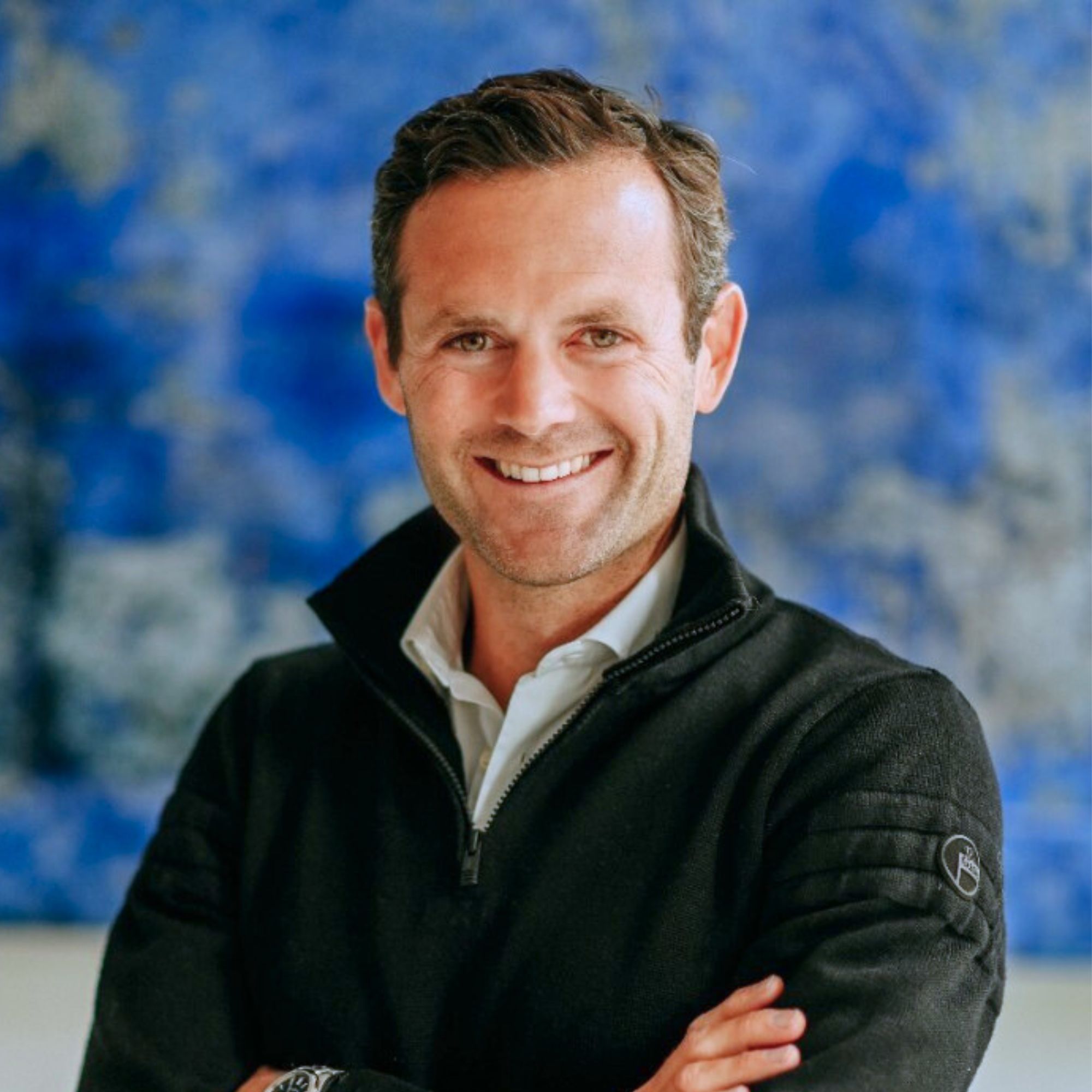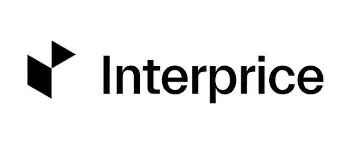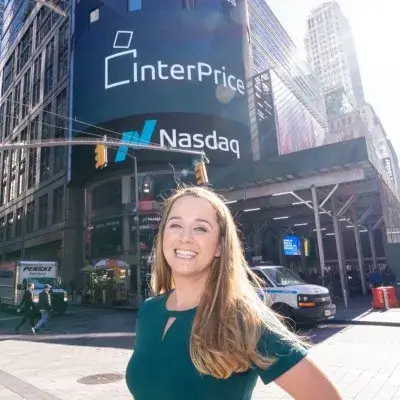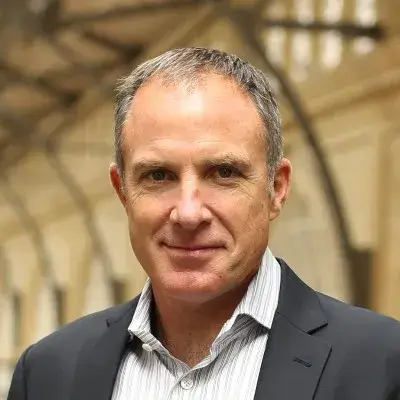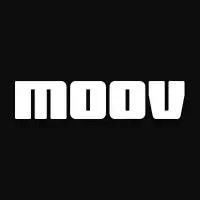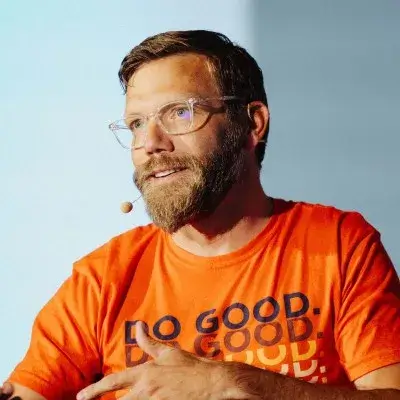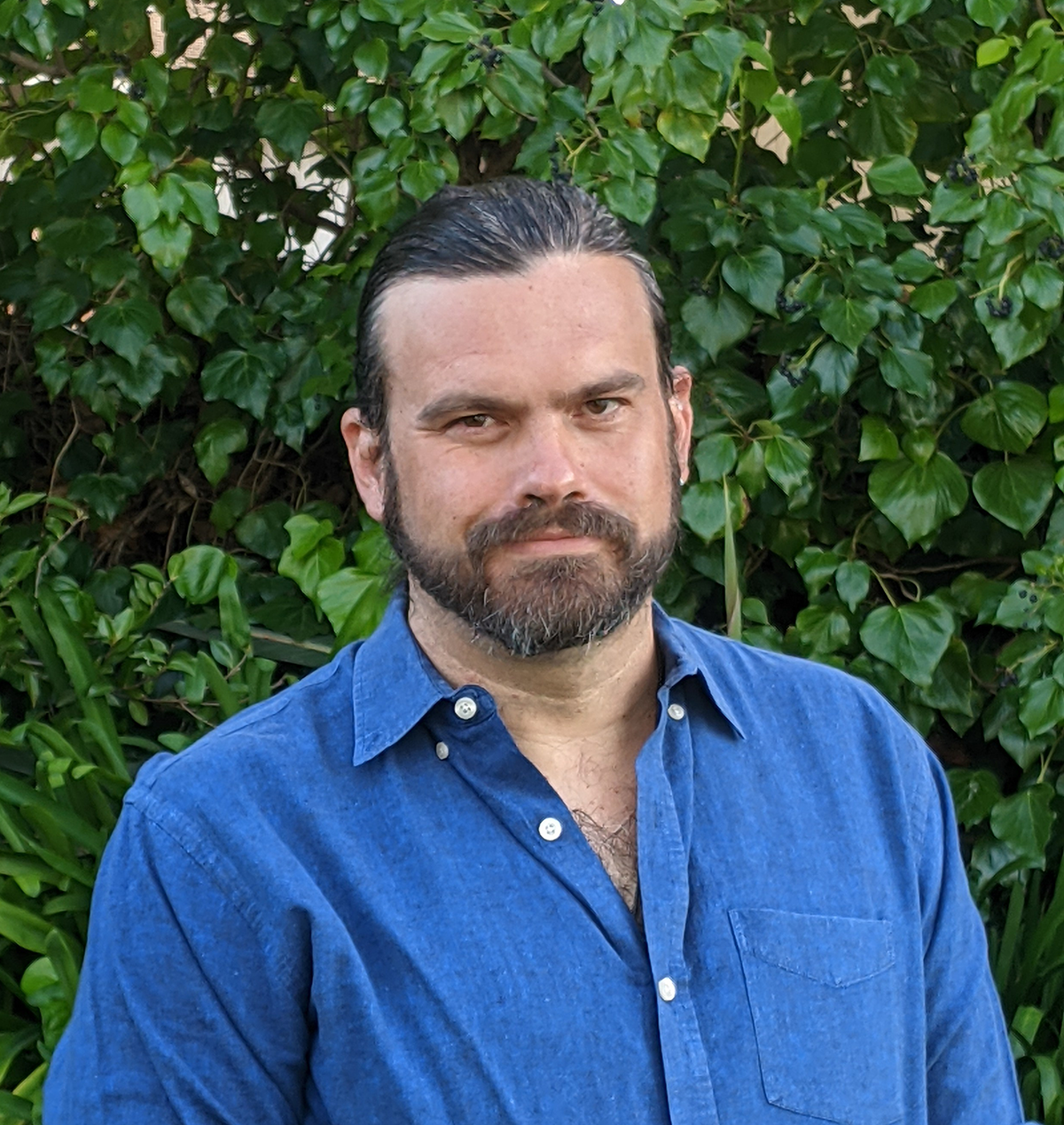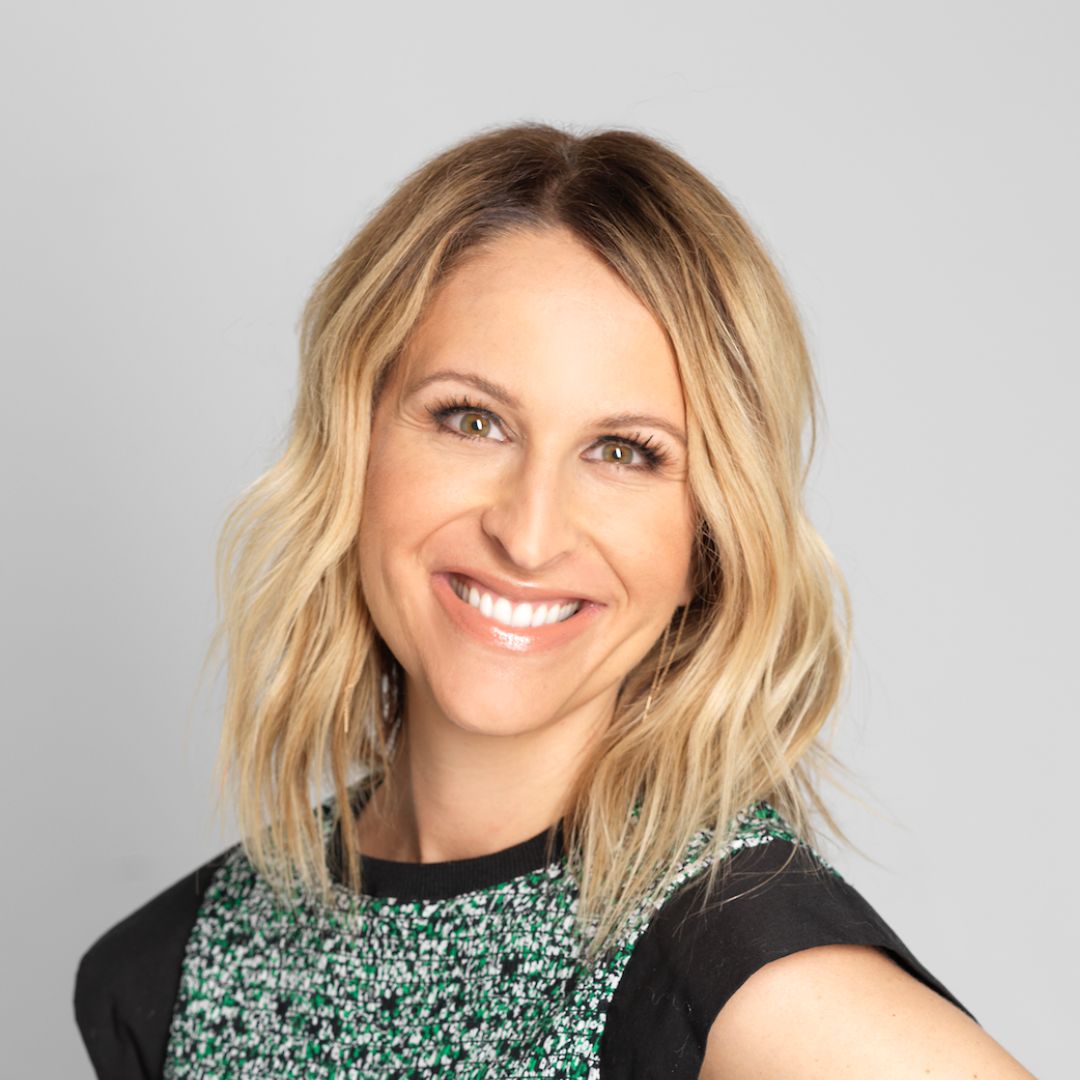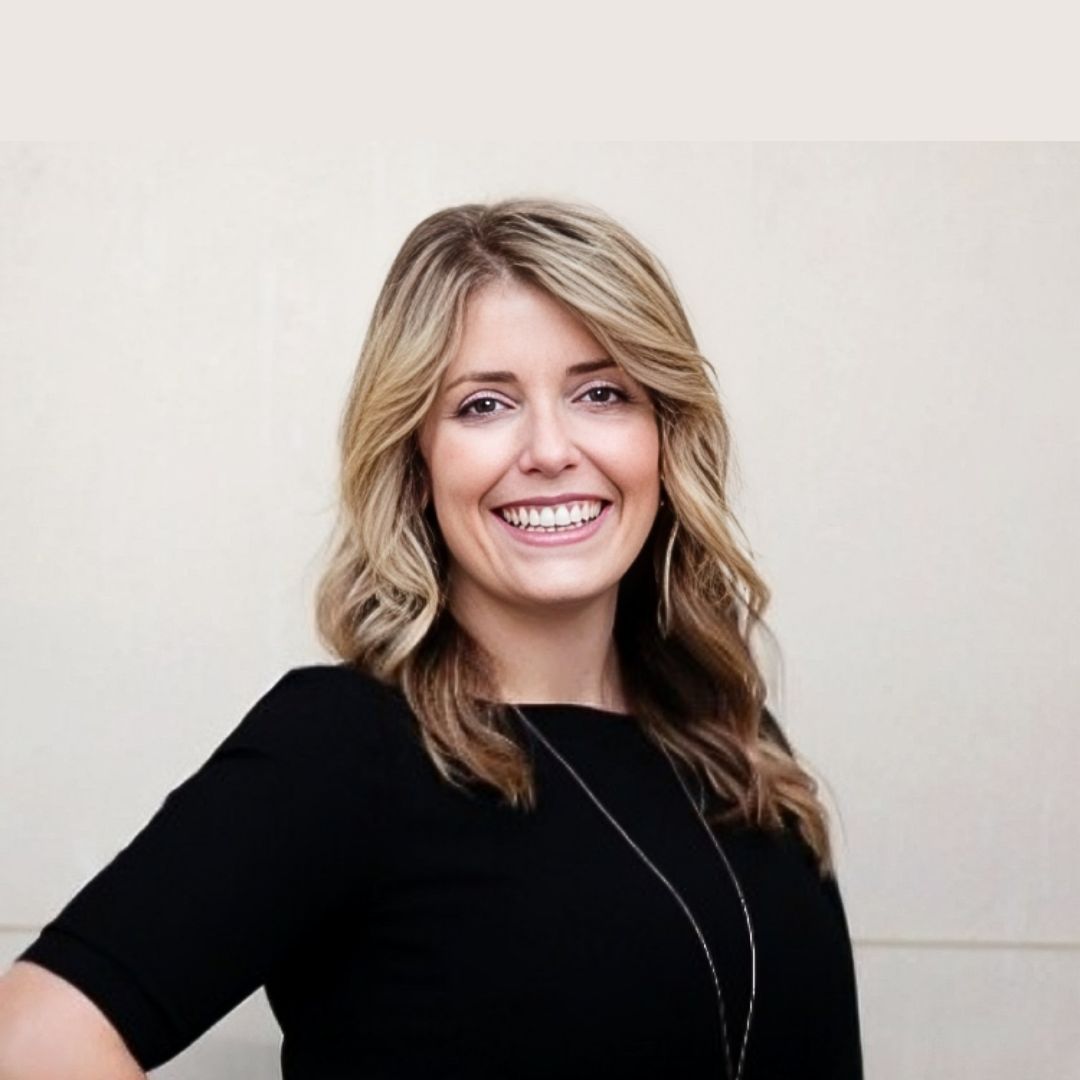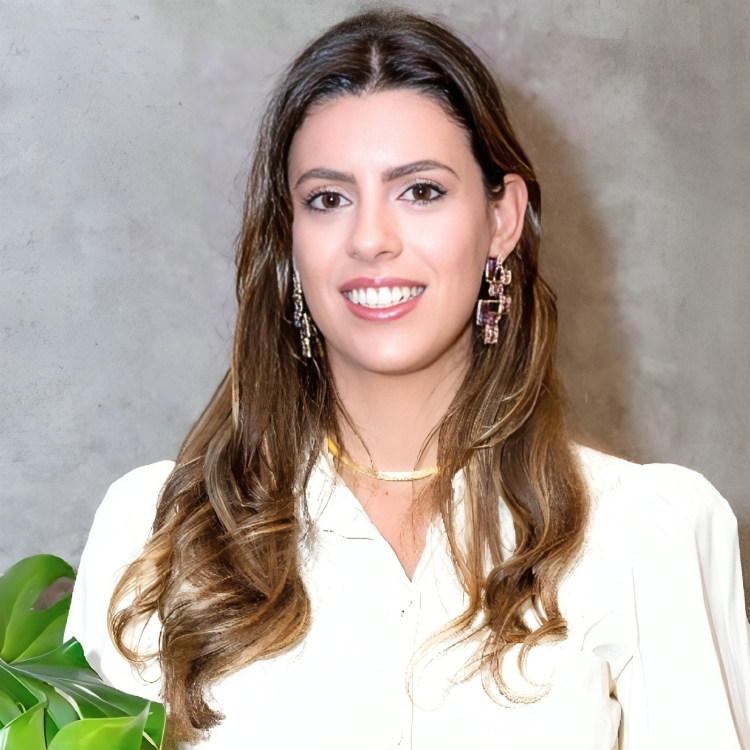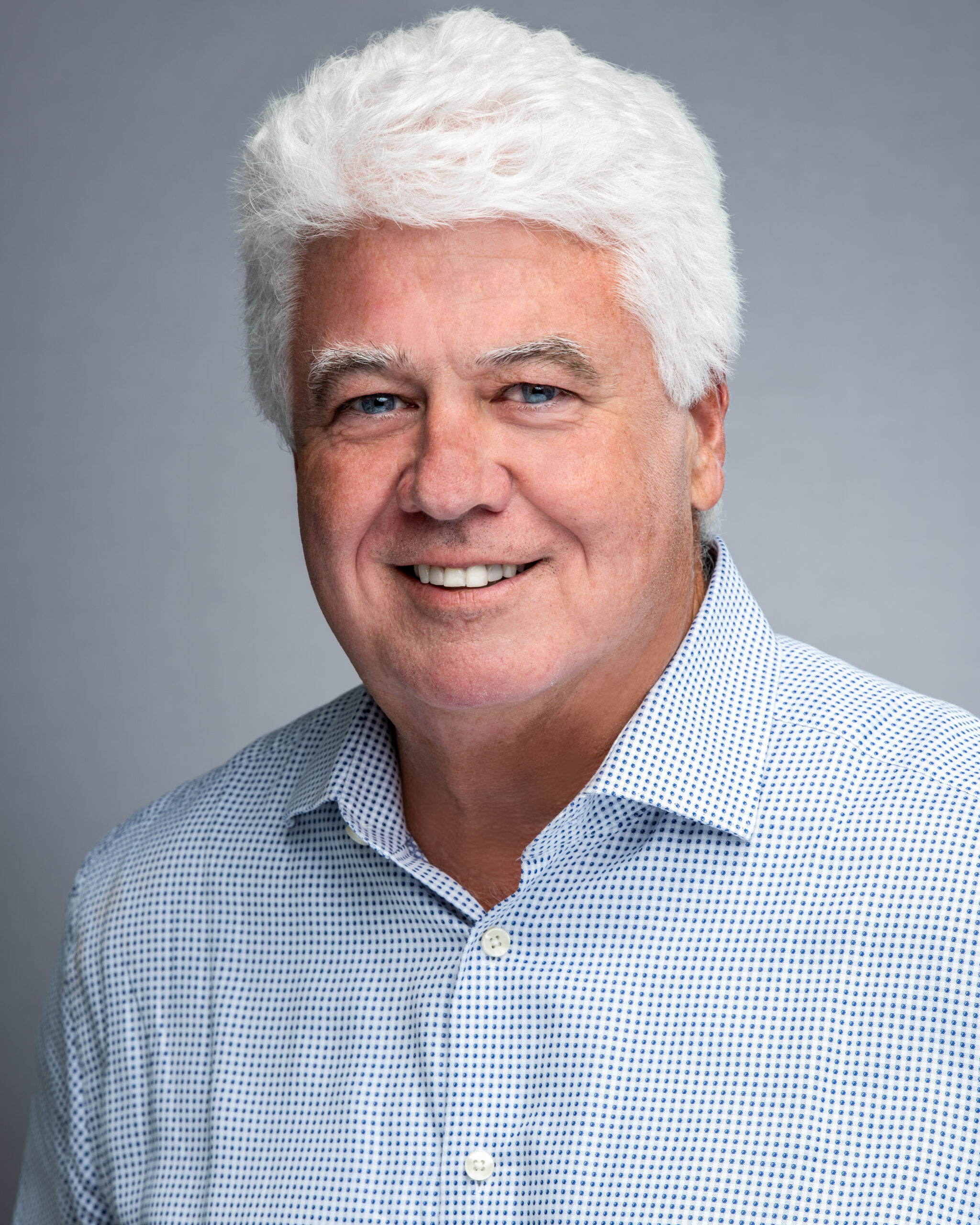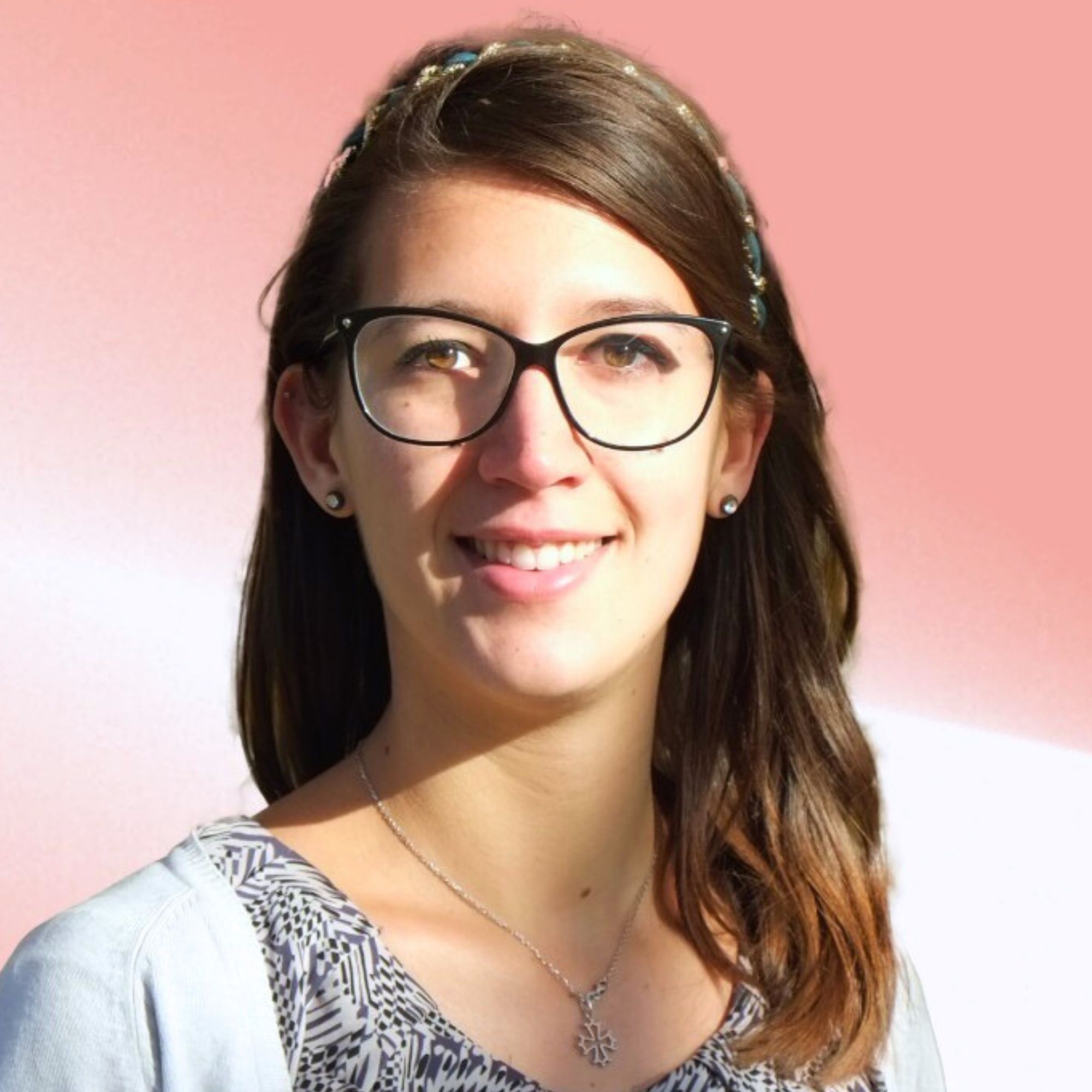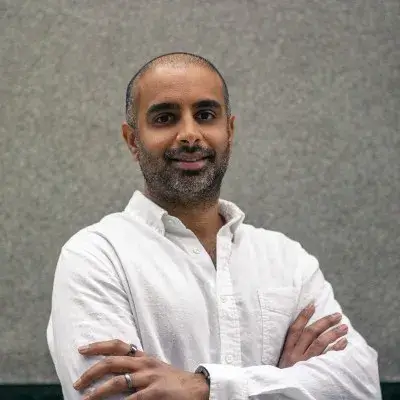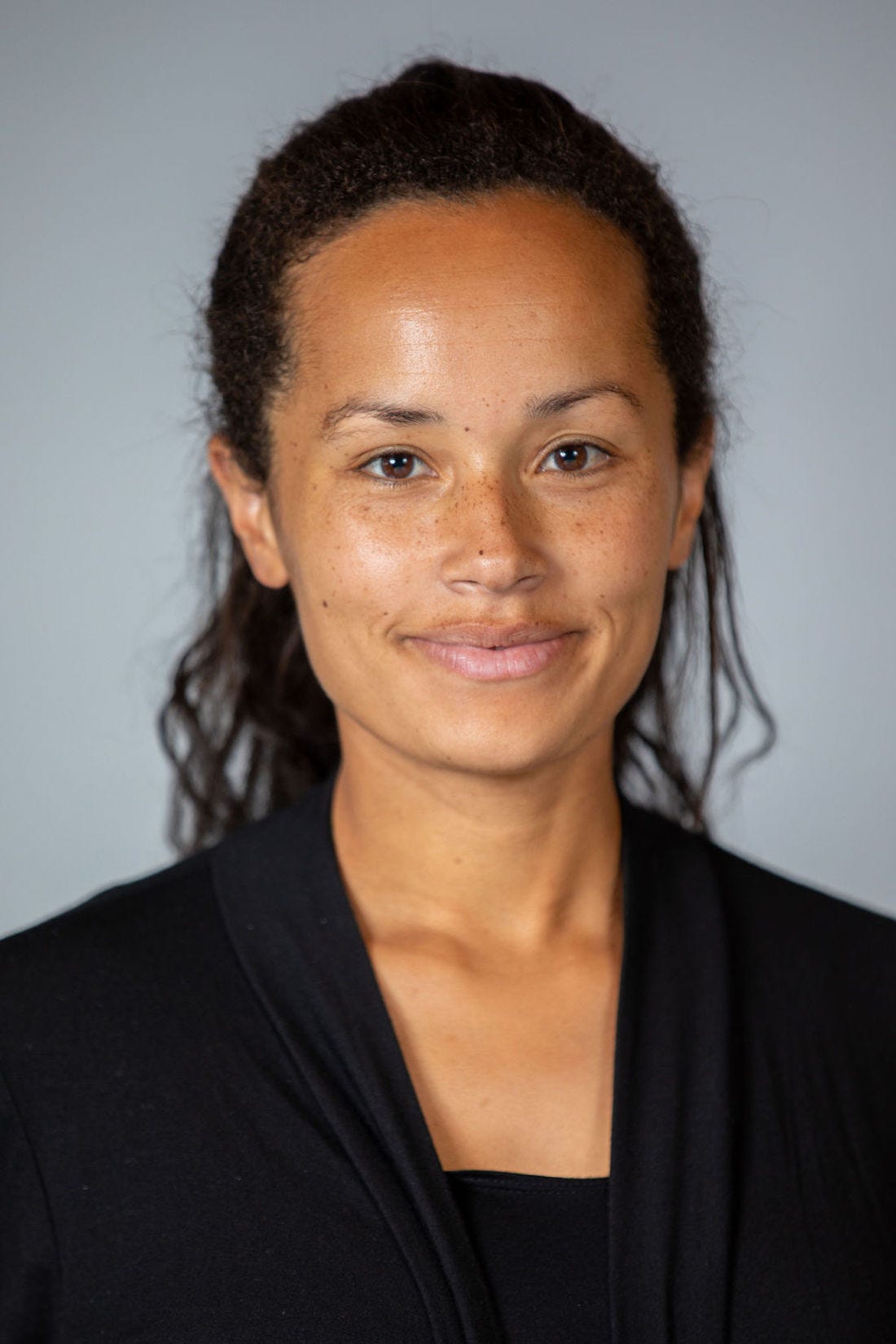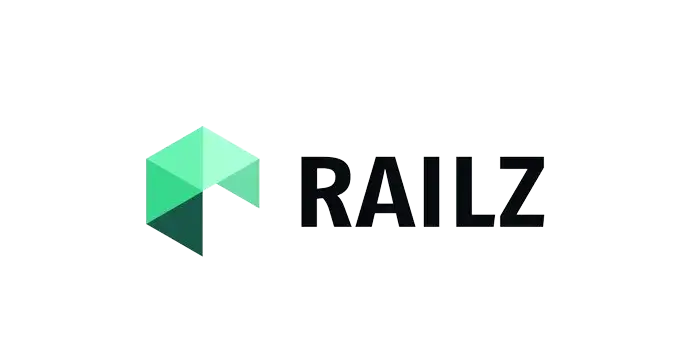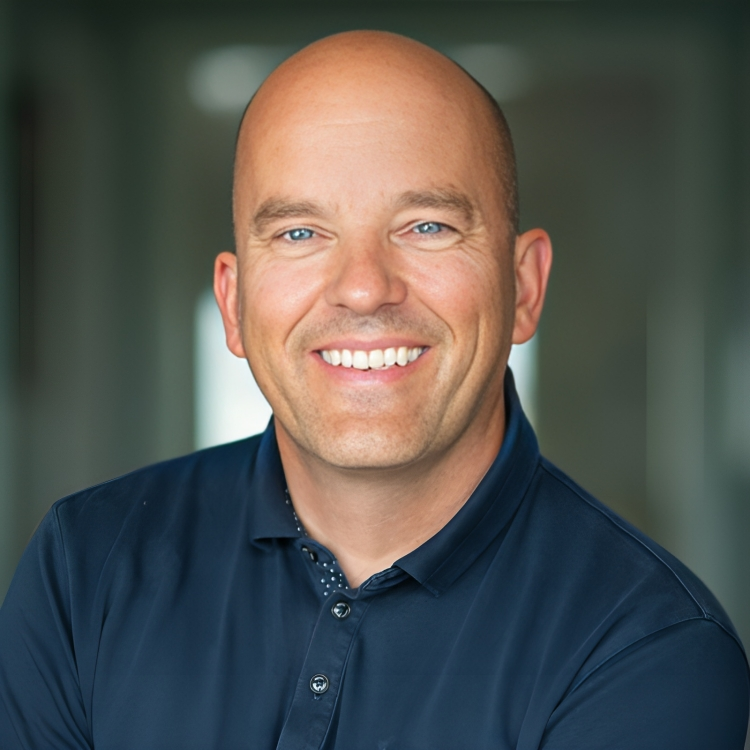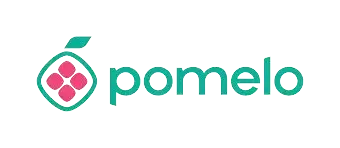Ready to launch your own podcast? Book a strategy call.
Frontlines.io | Where B2B Founders Talk GTM.
Strategic Communications Advisory For Visionary Founders
Conversation
Highlights
From Spreadsheets to Software: How Foundersuite Built a $13M Fundraising Platform
The light bulb moment for Nathan Beckord‘s startup came after a decade of consulting with companies on fundraising. Despite years of helping others raise capital, it took surprisingly long for him to see the opportunity right in front of him.
“I’m kind of surprised it took me that long for the light bulb to hit,” Nathan admits in a recent episode of Category Visionaries. “Software is eating the world. Let’s build something to kind of manage this process a little better.”
That realization led to Foundersuite, a platform for raising capital that has now secured $13 million in funding and serves companies from early-stage startups to unicorns. But the path to product-market fit wasn’t straightforward, requiring tough decisions and strategic pivots along the way.
The Origin Story: Replacing Spreadsheets with Software
Before Foundersuite, Nathan’s consulting work involved building pitch decks, financial models, and investor lists for startups. These lists would be loaded into Excel spreadsheets or Google Sheets to manage the fundraising process.
“That was really the idea. Let’s replace this spreadsheet, which really gets pretty messy in about a week or two, with a CRM,” Nathan explains. “Fundraising is just another sales process. I say that like five times a day. Why don’t we build a CRM for fundraising?”
This initial insight drove the creation of Foundersuite’s first product: an investor CRM. It was a natural extension of Nathan’s expertise – solving a problem he had personally experienced countless times.
The Pivot: Killing Products People Loved
What’s particularly interesting about Foundersuite’s journey is that they didn’t start with a narrow focus. Their initial launch featured a comprehensive suite of founder tools with the catchy tagline “tools to get shit done.”
“We actually had some other things in there, like an idea validation tool, a marketing and PR CRM,” Nathan recalls. “And if I look at it now, it looks so stupid.”
After almost a year, they realized their broad approach was creating confusion in the market. More importantly, they recognized that raising capital was the true pain point for founders – not the other peripheral tools.
This led to a difficult but necessary pivot: killing several products, including ones customers actually enjoyed.
“It was hard to kill something that people did love,” Nathan shares. “People were sad, but they weren’t really paying as much for that.”
This decision exemplifies a critical lesson for founders: sometimes you have to sacrifice good products for a clearer, more focused value proposition. The benefits became immediately apparent.
“When we switched and zeroed in on the fundraising piece, it was very clear, like, tools to help you raise capital. You want to raise money. This is what we do,” Nathan explains. “We could kind of rally all our marketing messaging and our own podcast and everything else around raising capital. And it’s just easier.”
Finding the Goldilocks Zone
One of Foundersuite’s most important strategic decisions was identifying their ideal customer segment. Rather than targeting any company raising capital, they zeroed in on a specific range within the fundraising lifecycle.
“Too early, you don’t have any money, you can’t pay us, you’re not really fundable. Too late, you have a lot of other resources to help you raise capital,” Nathan explains. “So I’d say that our sweet spot is kind of seed through Series B.”
This focus allowed Foundersuite to craft a product that perfectly fit the needs of companies in this “Goldilocks zone” – not too early, not too late, but just right. Their solution addressed the specific challenges these companies faced when raising capital, without wasting resources on features that wouldn’t deliver value.
Interestingly, many customers who started with Foundersuite at the seed stage continued using the platform even as they grew. “We have startups on the platform that started off on seed and they’re now unicorns raising $100 million and they’ve stuck with us, which is really cool.”
Scrappy Marketing That Scales
Foundersuite’s go-to-market strategy reflects their deep understanding of their target market. Rather than pouring money into traditional advertising channels, they embraced creative approaches that delivered both value and visibility.
One of their most effective tactics was organizing fundraising-related events featuring VCs as panelists or judges. These events simultaneously generated revenue, built brand awareness, and connected them directly with their target customers.
“We would put on fundraising related events. We’d recruit a couple VCs to come be panelists or judges if it was a pitch competition,” Nathan shares. “With the lure of potentially meeting these big name VCs, we would sell $20 tickets to startups to come pitch or to listen. I think our biggest event was like 400 startups.”
Another key marketing channel has been their podcast, “How I Raised It,” which features interviews with funded founders. Beyond just marketing, the podcast has become a valuable source of industry insights.
“Within maybe five episodes of doing the How I Raise it podcast, I had learned so much new stuff about raising capital,” Nathan explains. “I’m learning more than my first six months of doing a podcast than I have in the last five years of actually doing the work.”
This approach to content marketing delivers value far beyond lead generation – it deepens their expertise in their category, creating a virtuous cycle that strengthens their product and positioning.
Expanding the Platform While Maintaining Focus
As Foundersuite has grown, they’ve expanded their product offering beyond the initial investor CRM. Today, the platform includes a database of investors, pitch deck hosting, investor updates, email tools, document collection, and a data room.
More recently, they’ve launched a second platform called Funding Stack, designed for VCs and fundraising consultants rather than startups. This natural extension of their core focus allows them to serve the entire fundraising ecosystem while staying true to their expertise.
Looking ahead, Nathan sees AI integration as a major opportunity to further enhance the fundraising process. “If you think about every step when raising capital, lots of opportunity in literally almost every step that can be improved by AI.”
The Competition Threat: Clones vs. Category Disruptors
When it comes to competition, Nathan makes an important distinction between copycat products and true category disruptors. He’s not particularly concerned about the former.
“I’m not really losing a lot of sleep when I see people just kind of cloning us with an inferior copy,” he says. “Most of the time those copycat features are a little bit inferior. Are you going to win that way? I don’t think you are.”
What does worry him, however, are potential AI-driven innovations that could fundamentally reimagine fundraising. “The thing that I’m a little worried about is the AI native startup that comes out of nowhere and does something so cool and innovative.”
This perspective highlights a crucial lesson for founders: don’t obsess over competitors who are merely copying your features – focus instead on the game-changing innovations that could render your entire approach obsolete.
The Fundraising Playbook
For founders embarking on their own fundraising journey, Nathan’s advice is refreshingly practical: start early and be thorough in your preparation.
“Start early. If you can start six to eight months before you plan to raise money, start building that target list,” he advises. “Really put in the time and effort to do the thorough research and really qualify each target.”
This methodical approach to fundraising stands in stark contrast to the “spray and pray” tactics many founders resort to. By starting the relationship-building process months before you need capital, you can nurture connections with well-qualified investors who are genuinely interested in your type of business.
The Journey Continues
Foundersuite’s evolution from a simple CRM to a comprehensive fundraising platform demonstrates how deep domain expertise, strategic focus, and continuous innovation can combine to build a market-leading product.
By identifying a persistent pain point in the startup ecosystem and relentlessly improving their solution, Nathan and his team have created a platform that serves companies at every stage of their fundraising journey – from scrappy seed-stage startups to billion-dollar unicorns.
As the fundraising landscape continues to evolve, Foundersuite’s commitment to solving real problems for founders positions them well for continued growth and innovation in this critical category.
Actionable
Takeaways
Start with your unique expertise:
Nathan built Foundersuite based on his decade of fundraising experience, turning his specialized knowledge into product features. He explained, "I'm a one trick pony. The only thing I've done ever since college is raise capital for startups." B2B founders should leverage their deep industry expertise when defining their product category and value proposition.
Be willing to kill good products for great focus:
Despite positive user feedback on several products in their initial suite, Foundersuite made the difficult decision to eliminate tools that weren't core to their primary value proposition. Nathan recalls, "It was hard to kill something that people did love... but they weren't really paying as much for that." B2B founders should continuously evaluate their product portfolio against market traction and be willing to make tough decisions for greater focus.
Define your "Goldilocks" customer segment:
Foundersuite identified their ideal customer segment as seed through Series B companies—not too early (pre-seed) and not too mature (Series C+). Nathan explains, "Too early, you don't have any money, you can't pay us, you're not really fundable. Too late, you have a lot of other resources to help you raise capital." B2B founders should similarly identify where their product delivers maximum value and focus acquisition efforts accordingly.
Use content marketing as a learning opportunity:
Foundersuite's "How I Raised It" podcast not only serves as a marketing channel but also provides valuable market intelligence. Nathan shared, "I thought I knew everything about raising capital. And here I am just drinking from a fire hose... I'm learning more than my first six months of doing a podcast than I have in the last five years of actually doing the work." B2B founders should view content marketing as both a growth channel and a customer research tool.
Implement annual marketing experiments:
Foundersuite commits to trying one new marketing approach each year. Nathan explains, "One of the things I try and do every year... let's try a new, different marketing experiment." For 2025, they're implementing monthly webinars. B2B founders should similarly build experimentation into their marketing roadmap while maintaining their core channels.






















